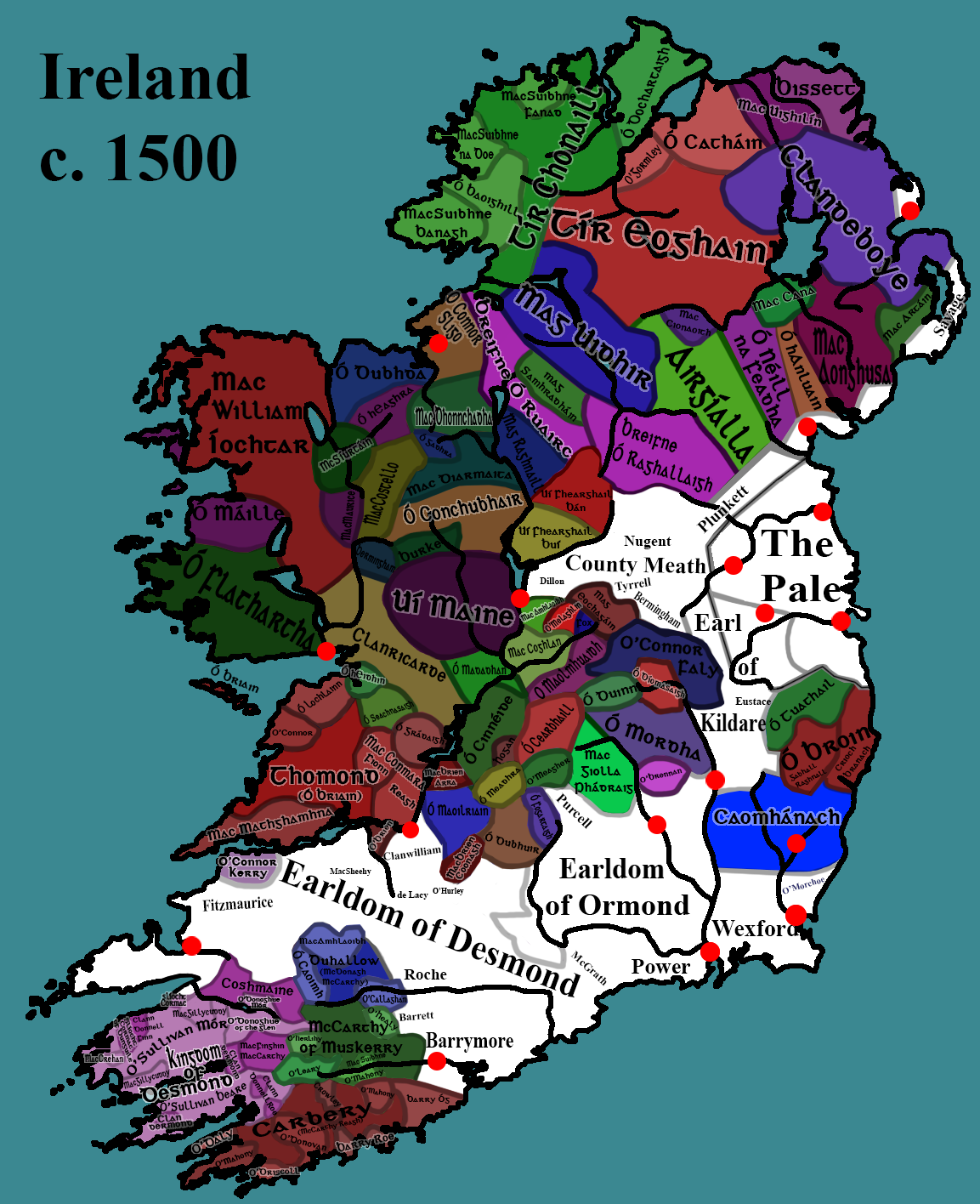Leabhar Branach on:
[Wikipedia]
[Google]
[Amazon]
The Leabhar Branach (), also called the (Poem) Book of the O'Byrnes is an 
Early Modern Irish
Early Modern Irish ( ga, Gaeilge Chlasaiceach, , Classical Irish) represented a transition between Middle Irish and Modern Irish. Its literary form, Classical Gaelic, was used in Ireland and Scotland from the 13th to the 18th century.
External ...
anthology of poetry collected in the early 17th century. It consists of poetry
Poetry (derived from the Greek ''poiesis'', "making"), also called verse, is a form of literature that uses aesthetic and often rhythmic qualities of language − such as phonaesthetics, sound symbolism, and metre − to evoke meanings i ...
in praise of the O'Byrne family
The O'Byrne family ( ga, Ó Broin) is an Ireland, Irish clann that descend from Bran mac Máelmórda, King of Leinster, of the Uí Faelain of the Uí Dúnlainge. Before the Norman invasion of Ireland they began to colonise south County Wicklow, Wi ...
, who ruled a region known as ''Gabhal Raghnaill'' in modern County Wicklow. The poems were written between roughly 1550 and 1630, a time of turmoil in Ireland that saw the Desmond Rebellions
The Desmond Rebellions occurred in 1569–1573 and 1579–1583 in the Irish province of Munster.
They were rebellions by the Earl of Desmond, the head of the Fitzmaurice/FitzGerald Dynasty in Munster, and his followers, the Geraldines an ...
, Nine Years' War and O'Doherty's rebellion.
According to scholar Seán Mac Airt, who published a print version in 1944, "the ''Leabhar Branach'', apart from its linguistic value, is important in that it affords us some insight from an Irish standpoint into the life and fortunes of a sept bordering the Pale
The Pale (Irish: ''An Pháil'') or the English Pale (' or ') was the part of Ireland directly under the control of the English government in the Late Middle Ages. It had been reduced by the late 15th century to an area along the east coast st ...
, during an interesting if unhappy era of our history."
Contents
The poems were mostly written by poets of the McKeogh (Mac Eochaidh, Mac Eochadha) family. Some are also by Eochaidh Ó hÉoghusa. Several poems are dedicated toFiach McHugh O'Byrne
Fiach Mac Aodha Ó Broin (anglicised as Feagh or Fiach MacHugh O'Byrne) (1534 – 8 May, 1597) was Chief of the Name of Clann Uí Bhroin (Clan O'Byrne) and Lord of Ranelagh during the Elizabethan wars against the Irish clans.
Arms
Backg ...
(1534–1597). His wife Rose O'Toole is described in one poem as "a blazing meteor, wine of grape, flower of women... She glows with the fire of youth. She is the life and death of heroes."
Manuscripts
The original manuscript is lost. A copy was made by in 1622 byBrian Mac Giolla Phádraig
Brian Mac Giolla Phádraig (c. 1580 – 1653) was an Irish poet and priest. He is not to be confused with any of the Barons of Upper Ossory, his relations, several of whom bore the same name in Irish.
Background
Mac Giolla Phádraig was a scion ...
. It is thanks to him that the poems survive as his copy was in turn copied by Hugh O'Daly; this manuscript is in Trinity College, Dublin, while a copy made by Michael O'Byrne in the 1720s is in Houghton Library
Houghton Library, on the south side of Harvard Yard adjacent to Widener Library, is Harvard University's primary repository for rare books and manuscripts. It is part of the Harvard College Library, the library system of Harvard's Faculty of ...
, Harvard University
Harvard University is a private Ivy League research university in Cambridge, Massachusetts. Founded in 1636 as Harvard College and named for its first benefactor, the Puritan clergyman John Harvard, it is the oldest institution of high ...
.
References
{{Reflist Irish-language manuscripts Irish-language literature 17th-century Irish literature Irish poetry anthologies